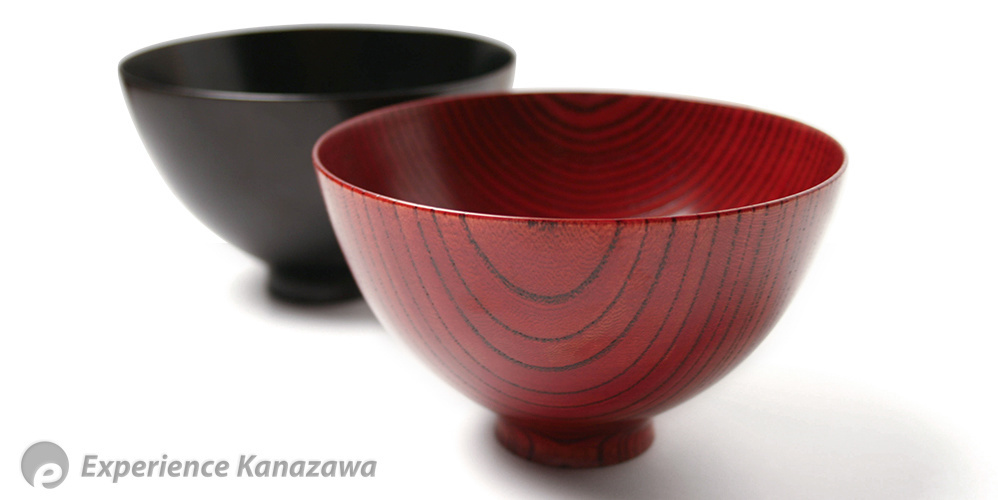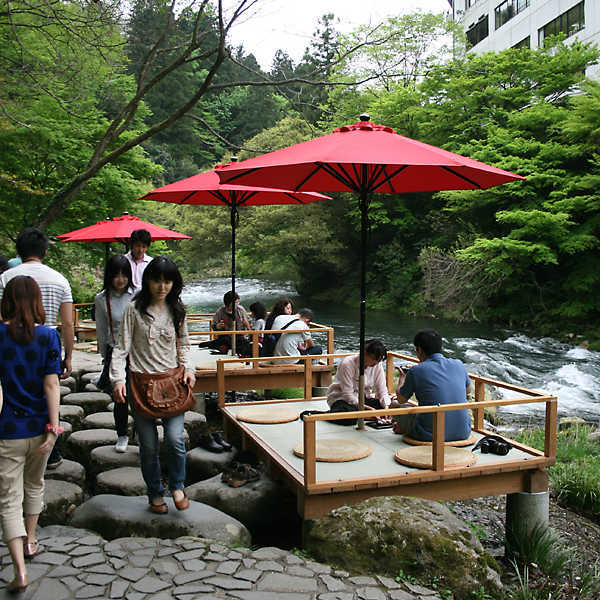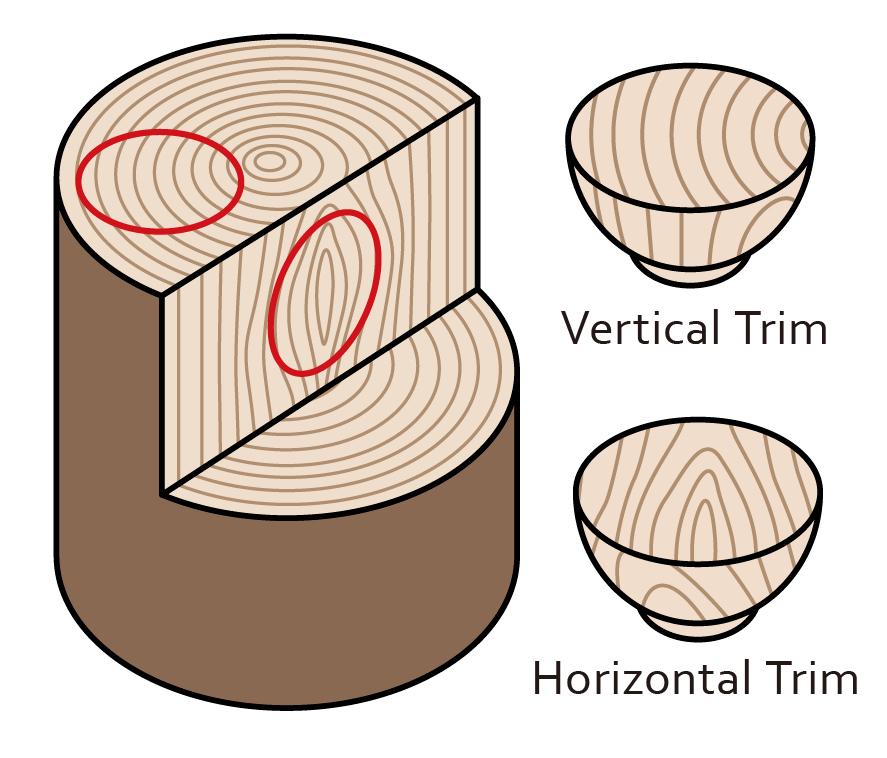Yamanaka Shikki Lacquer Ware

Check out Yamanaka's woodwork!
Ishikawa prefecture boasts three regions well-known for lacquerware. But are they all the same? Of course not! Each region’s wares have different features due to their unique histories. Wajima city is famous worldwide for its fine lacquering process, Kanazawa for decorative techniques, and the town of Yamanaka for its woodwork. In addition, Yamanaka's lacquerware specialists not only follow tradition, but they also innovate new skills for mass production.
Coco SHIZUO, Artex Inc.; Updated June 1, 2018

Strongly built, less decorative, and affordable; it fulfills the conditions for daily use.
Once upon a time, a bunch of skilled woodworkers settled in Yamanaka. They had a license from the shogunate during the Azuchi-Momoyama period to cut down trees all over Japan, and started to make lacquerware for those visiting the local spa. Compared with Wajima's or Kanazawa's output, this lacquerware is more appealing to popular taste. It's strongly built, less decorative, and affordable, and as such fulfills conditions for daily use.
Though horizontal trim is common, Yamanaka-Shikki opts for vertical.
The secret of the ware’s solidity lies in the trimming of the wood. Most lacquerware uses horizontally trimmed wood, yet Yamanaka's woodworkers trim it vertically. This makes Yamanaka ware more durable. So why is vertical trim not so common? Actually this choice can't avoid wasting wood. People want to promote efficiency of production, but sometimes this is trumped by the pursuit of quality! Yet unexpectedly, Yamanaka-shikki is well-known as an affordable lacquerware, and the durability allows for the creation of elegant, thin wooden wares.

Sometimes carving makes the wares more lovely and functional!
Yamanaka's woodworkers have been using lathes for carving since olden times. The process for shaving wood, so-called Kashoku-biki, literally means adding decoration while carving. It often results in beautifully carved patterns left on the surface, and the texture created through the uneven patterns actually help the user not to drop the piece. It's like a skidproof wood.
They rub raw lacquer into the surface, and wipe off the excess. This process will be continued many times for making the wood grain clear. If you pick one of Yamanaka's lacquerware, notice the beautiful natural grain!
Since the modern ages, craftsmen have added using synthetic resin to respond to consumers' needs. Probably that's why this traditional craft still survives in today’s society.
Kanazawa Area
Kenrokuenn Garden
Following Matsuo Bashô’s steps in Ishikawa - 1/6 [Introduction]
Following Matsuo Bashô’s steps in Ishikawa - 2/6 [Kanazawa]
Noto Area
Mitsukejima Island
Kaga Area
Following Matsuo Bashô’s steps in Ishikawa - 3/6 [Komatsu City]
Following Matsuo Bashô’s steps in Ishikawa - 4/6 [Natadera Temple]
Following Matsuo Bashô’s steps in Ishikawa - 5/6 [Yamanaka Onsen Town]
Following Matsuo Bashô’s steps in Ishikawa - 6/6 [Daishoji District]
Rosanjin in Yamashiro Onsen Town
Stroll Kanazawa in Rental Kimono - 1/2 [Kimono Rental]
Stroll Kanazawa in Rental Kimono - 2/2 [Kimono Stroll]
January
Enyukai: Geisha Party
February
Setsubun-Sai Festival
AUGUST
Issaki Hoh-Toh Matsuri
November
Enyukai: Geisha Party
